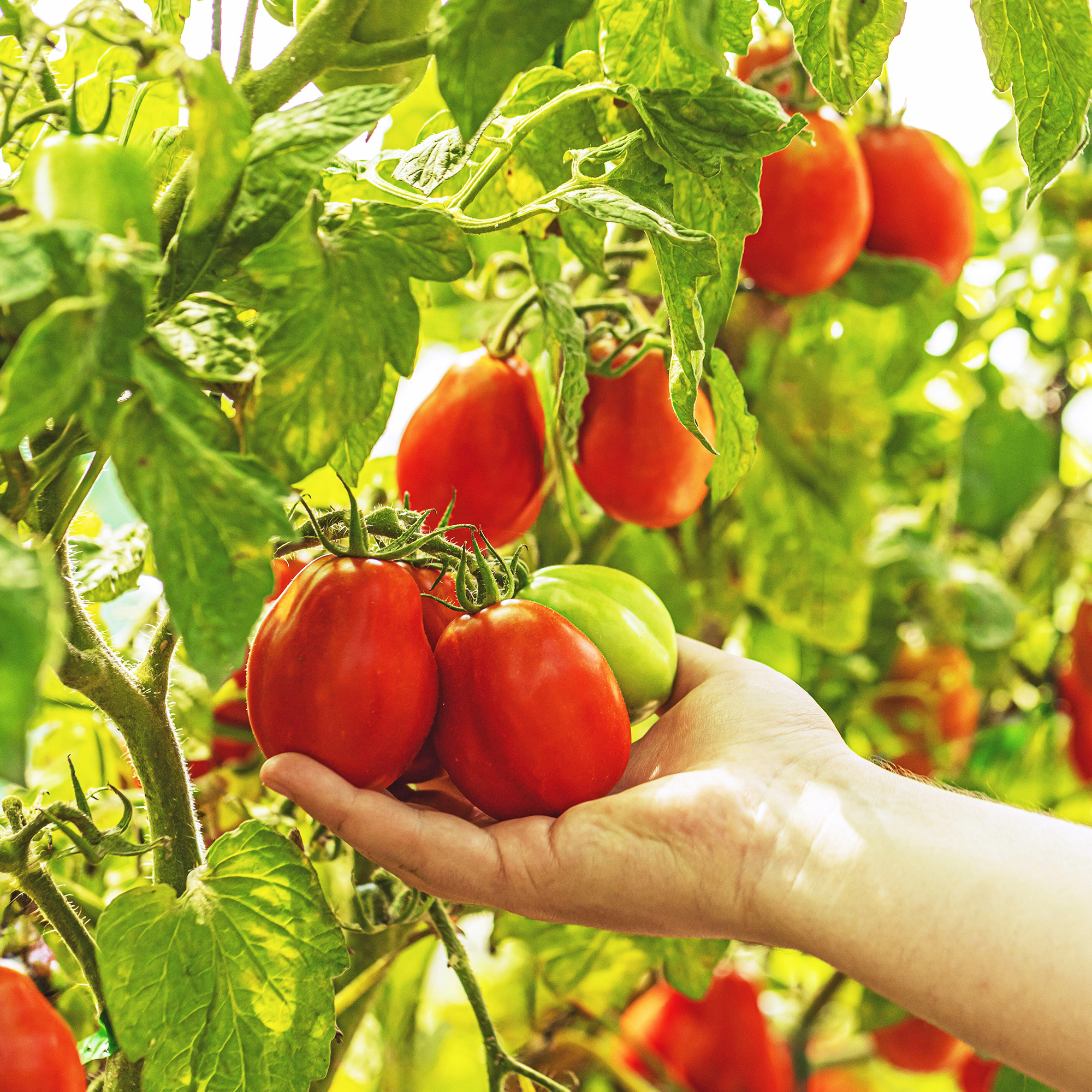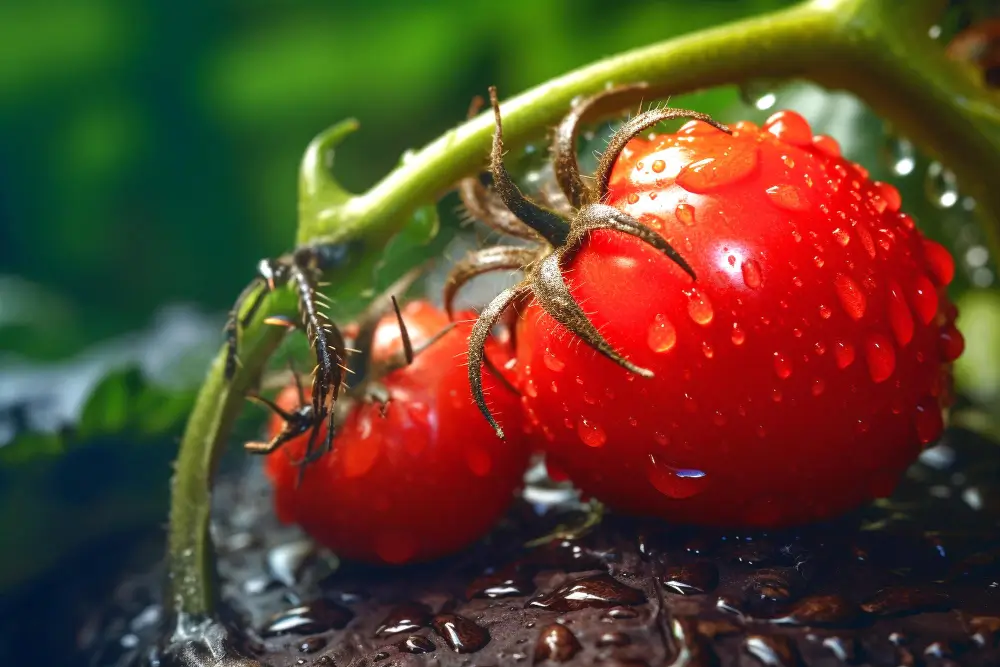So, let me tell you about my tomato growing journey, specifically with this whole calcium thing. For ages, I was getting so darn frustrated. You know, you put in all this effort, watering, watching them grow, and then BAM – the bottoms of my beautiful tomatoes would start getting these ugly, dark, leathery spots. Drove me absolutely nuts. I think they call it blossom-end rot, or something like that. Whatever it’s called, it was ruining half my harvest.
I started asking around, reading bits and pieces online – nothing too technical, just what other regular folks were saying. And a lot of them pointed towards a lack of calcium, or the plant not being able to get enough of it. Some said it was inconsistent watering, which, yeah, I’m probably guilty of that sometimes. But the calcium idea stuck with me.

My first thought was, okay, let’s try the old-fashioned way. Eggshells. Everyone says eggshells are good for calcium. So, I started saving all our eggshells. Religiously. Washed them, dried them out, and then spent a good amount of time crushing them up as fine as I could. Some people make it sound easy, but getting them into a fine powder is a bit of a chore, let me tell you. I worked a bunch of this eggshell powder into the soil around my tomato plants when I transplanted them, and then sprinkled some more around as the season went on.
And did it work? Well, maybe a little? It’s hard to say for sure. I think I saw a slight improvement, but I was still getting those rotten bottoms on some of the fruit. I figured maybe the eggshells were too slow to break down, or maybe I just wasn’t using enough, or they weren’t getting to the plant right. It wasn’t the magic fix I was hoping for, at least not quickly.
So, I decided I needed to try something a bit more direct. I went down to the local garden store, just looking for something, anything, that said “calcium for plants.” Found a liquid fertilizer that specifically mentioned calcium for tomatoes and preventing that blossom-end rot. Wasn’t anything fancy, just a bottle of concentrated stuff you mix with water.
I started using it according to the instructions, usually when I watered, maybe every week or two. I made sure to wet the soil good around the base of the plants. Some folks spray it on the leaves, but I mostly stuck to soil drenching.
And you know what? That’s when I really started seeing a difference. It wasn’t overnight, mind you, but the new tomatoes that were forming and ripening? Way, way fewer of them had those nasty black spots. It was a huge relief, I can tell you. My plants just looked healthier overall, too, though that could have been other things in the fertilizer, I suppose.
So, what’s my takeaway from all this?
- Eggshells? I still use them in my compost, but for a quick calcium fix for active problems, I don’t think they’re my first choice anymore. Too slow for my impatient self.
- That liquid calcium stuff? Yeah, that definitely helped my situation. It seemed to get the calcium to the plants when they needed it.
- Consistent watering is still super important. I’ve read that even if there’s calcium in the soil, uneven watering can stop the plants from taking it up properly. So, I try to be better about that now.
I’m no expert, just a home gardener trying to get a decent crop of tomatoes without pulling my hair out. But for me, making sure my tomatoes got a ready source of calcium, especially from that liquid feed, really turned things around for the blossom-end rot problem. It’s one of those things you try, and when it works, you stick with it. So, that’s my story with calcium and tomatoes. Hope it helps someone out there who’s fighting the same battle!





















